Grow Zucchini Bag Planters: Your Guide to Easy, Space-Saving Gardening
I’ve always loved the taste of fresh zucchini, but finding the space for sprawling zucchini plants in my small urban garden felt impossible. That’s why I started experimenting with Grow Zucchini Bag Planters – a simple, yet incredibly effective way to grow this prolific vegetable even if you have limited space. This DIY project isn’t just about maximizing yield; it’s about reclaiming control over your food source and enjoying the satisfaction of nurturing your own plants from seed to harvest.
Historically, growing food in containers has been a necessity for people living in apartments or areas with poor soil. From ancient rooftop gardens in Babylon to modern-day balcony farms, the ingenuity of container gardening has always been a testament to our adaptability and desire for fresh produce. Now, with the rise of urban farming and a renewed focus on sustainability, Grow Zucchini Bag Planters are more relevant than ever.
Why should you consider this method? Well, besides the obvious space-saving benefits, Grow Zucchini Bag Planters offer several advantages. They provide excellent drainage, preventing root rot – a common problem with zucchini. You can easily move your plants to follow the sun, and the contained environment makes pest and weed control much simpler. Plus, it’s incredibly rewarding to see these vibrant plants thrive in a space you’ve created yourself!
In this article, I’ll walk you through a step-by-step guide to building your own Grow Zucchini Bag Planters, including material selection, planting techniques, and essential care tips. Get ready to transform your patio, balcony, or even a small corner of your yard into a bountiful zucchini patch!
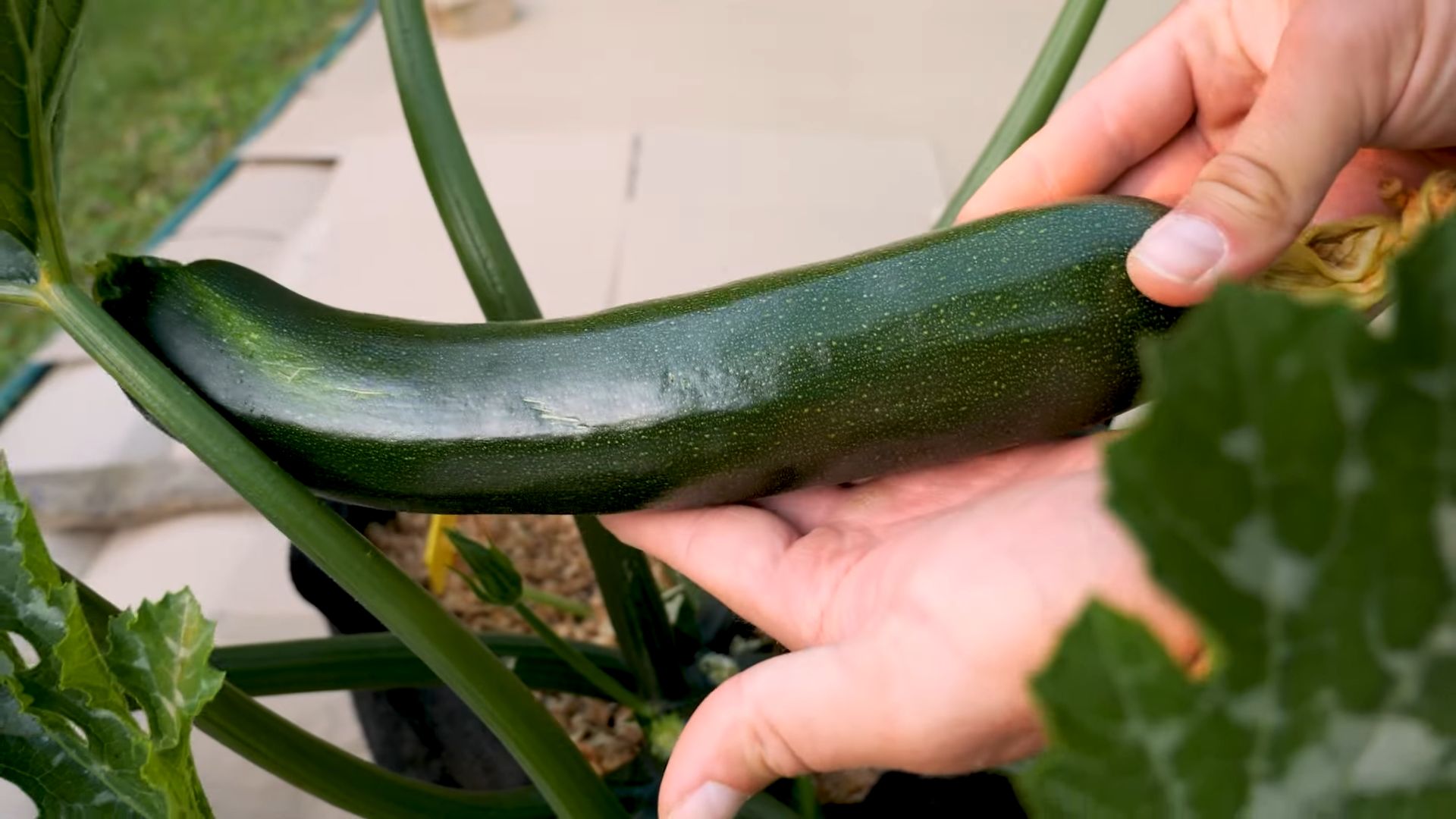
Grow Zucchini in Hanging Bag Planters: A Complete Guide
Zucchini plants are vigorous growers, and sometimes you just don’t have the space for sprawling vines in your garden. That’s where vertical gardening comes in! I’m going to show you how I created amazing zucchini bag planters, perfect for small spaces or even balconies. Let’s get growing!
Choosing Your Supplies
- Heavy-duty grow bags: These need to be able to hold a significant amount of soil and withstand the weight of a mature zucchini plant. I recommend at least 10-15 gallons capacity. Look for fabric bags that allow for good drainage and aeration. Avoid flimsy plastic bags.
- High-quality potting mix: Zucchini plants are heavy feeders, so you’ll need a rich, well-draining potting mix. Don’t skimp here! A mix specifically formulated for vegetables is ideal. Consider adding some compost for extra nutrients.
- Zucchini seeds or seedlings: Choose a variety of zucchini that suits your climate and space. Bush varieties are particularly well-suited for containers. You can start from seed or buy seedlings from a garden center.
- Support system (optional but recommended): Zucchini vines can get quite long and heavy. A trellis or some kind of support system will help keep the plants upright and prevent the fruit from dragging on the ground. You can use bamboo stakes, a small trellis, or even sturdy twine.
- Watering can or hose: Consistent watering is crucial for healthy zucchini plants.
- Gardening gloves: Protect your hands while working with soil and plants.
- Measuring tape: To ensure you have the right amount of soil.
Preparing the Grow Bags
- Inspect the grow bags: Check for any holes or tears before you start. If you find any, repair them with strong tape.
- Place the grow bags in their final location: Think about sunlight – zucchini needs at least 6-8 hours of direct sunlight per day. Make sure the location is accessible for watering and harvesting.
- Partially fill the bags with potting mix: Leave a few inches of space at the top to avoid overflow when watering.
Planting Your Zucchini
- Prepare the seedlings (if using): Gently remove the seedlings from their containers, being careful not to damage the roots. If starting from seed, follow the instructions on the seed packet for planting depth and spacing.
- Create planting holes: Make a hole in the center of each partially filled grow bag, deep enough to accommodate the roots of your seedlings or seeds.
- Plant the zucchini: Carefully place the seedlings or seeds into the holes. Cover the roots with potting mix, gently firming the soil around the base of the plants.
- Water thoroughly: Give the newly planted zucchini a good watering to settle the soil and help the roots establish themselves.
Ongoing Care and Maintenance
- Watering: Zucchini plants need consistent moisture, especially during hot and dry periods. Water deeply and regularly, ensuring the soil remains moist but not waterlogged. Check the soil moisture daily, especially during hot weather. You might need to water twice a day during heat waves.
- Fertilizing: Zucchini are heavy feeders. Start fertilizing about 3-4 weeks after planting. Use a balanced liquid fertilizer every 2-3 weeks, following the instructions on the product label. Alternatively, you can use a slow-release granular fertilizer at planting time.
- Support System Installation (if using): Once the plants start to grow, install your support system. Gently tie the vines to the stakes or trellis to keep them upright and prevent them from sprawling on the ground. This will also improve air circulation and reduce the risk of fungal diseases.
- Pest and Disease Control: Regularly inspect your plants for pests and diseases. Common zucchini pests include squash bugs, aphids, and spider mites. Treat any infestations promptly using appropriate organic pest control methods. Good air circulation and proper watering can help prevent fungal diseases.
- Harvesting: Zucchini are ready for harvest when they are 6-8 inches long and firm to the touch. Harvest regularly to encourage continued production. The more you harvest, the more zucchini the plant will produce. Harvesting also prevents the fruit from becoming overgrown and tough.
Troubleshooting
Yellowing Leaves:
Yellowing leaves can indicate several problems, including overwatering, underwatering, nutrient deficiencies, or pest infestations. Check the soil moisture, adjust your watering schedule, and inspect the plants for pests. Consider a soil test to check for nutrient deficiencies.
Fruit Rot:
Fruit rot is often caused by fungal diseases, which can be exacerbated by poor air circulation and excessive moisture. Ensure good air circulation around the plants, avoid overhead watering, and harvest zucchini promptly.
Poor Fruit Production:
Poor fruit production can be due to insufficient sunlight, nutrient deficiencies, improper pollination, or pest infestations. Ensure your plants receive adequate sunlight, fertilize regularly, and check for pests.
Remember:
Patience is key! It takes time for zucchini plants to mature and start producing fruit. Don’t get discouraged if you don’t see fruit immediately. Consistent care and attention will reward you with a bountiful harvest.
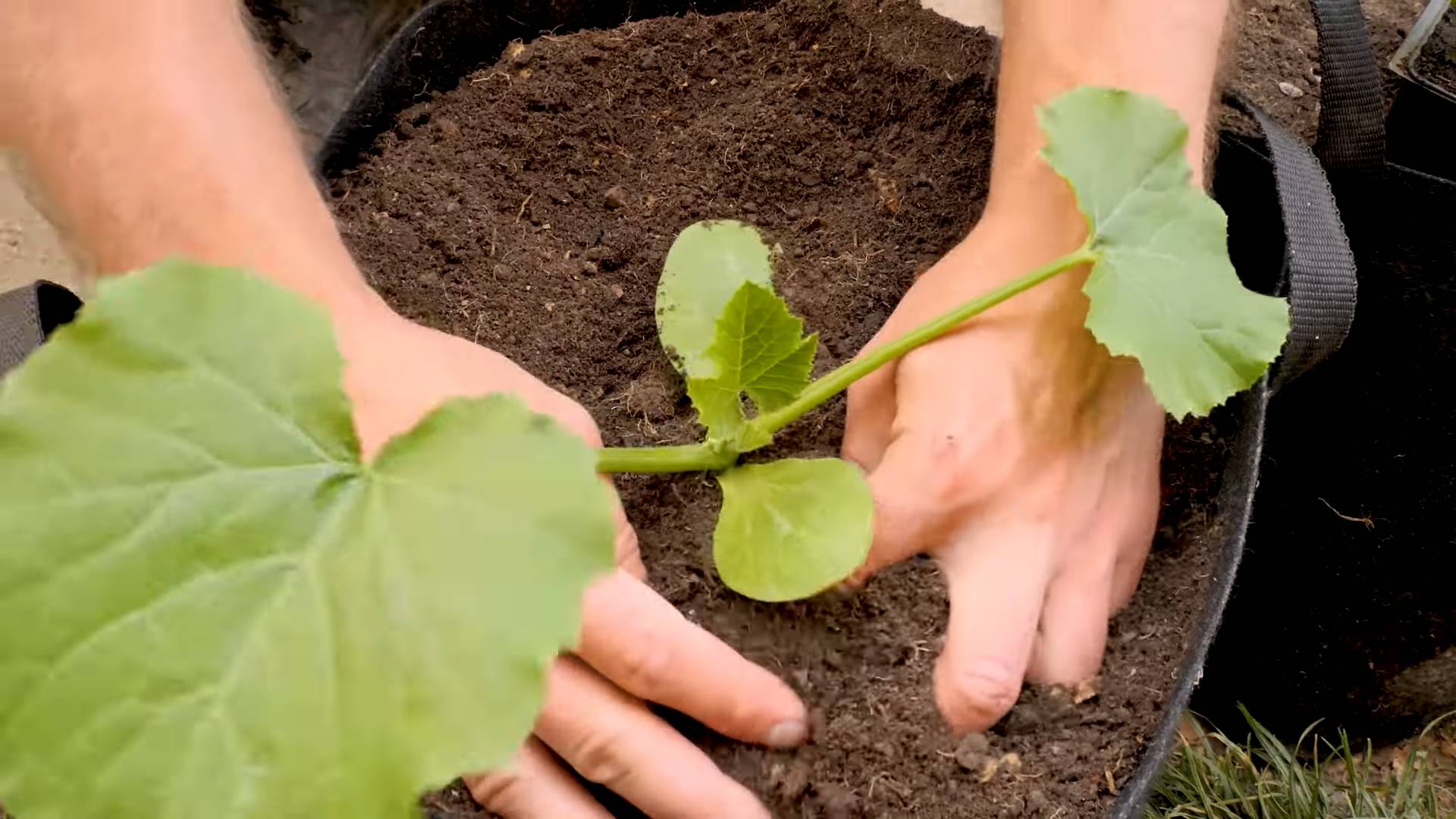
Conclusion
So there you have it – a complete guide to creating your own thriving zucchini bag planters! This DIY project isn’t just about growing delicious zucchini; it’s about embracing a sustainable and space-saving gardening solution. By utilizing readily available materials and following these simple steps, you can enjoy a bountiful harvest even if you lack a traditional garden. The beauty of this method lies in its adaptability. You’re not confined to a specific location; you can place your zucchini bag planters on your patio, balcony, or even a sunny corner of your yard. This flexibility makes it perfect for apartment dwellers, those with limited outdoor space, or anyone looking to maximize their gardening potential. The ease of access to your plants, the improved drainage, and the overall convenience make this grow zucchini bag planter method a must-try for any gardener, regardless of experience level.
Beyond the basic instructions, the possibilities are endless! Experiment with different types of fabric bags – burlap, heavy-duty landscape fabric, or even repurposed feed sacks all work well. Consider adding a layer of landscape fabric inside the bag to further enhance drainage and prevent soil from escaping through the weave. You can also customize the size of your planter to suit your needs and the space you have available. For a truly unique touch, try painting or decorating your bags to complement your outdoor décor. Don’t be afraid to get creative and personalize your grow zucchini bag planters to reflect your individual style.
Furthermore, you can adapt this technique to grow other vining plants besides zucchini. Cucumbers, squash, and even certain types of beans thrive in similar conditions. Remember to choose varieties that are suitable for container gardening, as they tend to have more compact growth habits. By carefully selecting your seeds or seedlings and providing adequate sunlight and water, you can enjoy a diverse range of vegetables from your DIY bag planters. This method offers a fantastic opportunity to experiment with different varieties and discover your favorites.
We strongly encourage you to try this simple yet effective grow zucchini bag planter method. It’s a rewarding experience that connects you more closely with the process of growing your own food. Share your experiences with us! We’d love to see pictures of your thriving zucchini plants and hear about any modifications or variations you’ve implemented. Post your photos on social media using #GrowZucchiniBagPlanters and tag us – we can’t wait to see your success stories! Let’s inspire each other to create beautiful and productive gardens, no matter the size or location.
This DIY project is a testament to the fact that gardening doesn’t require extensive space or complicated tools. With a little creativity and effort, you can transform a simple bag into a thriving vegetable garden. So, grab your supplies, get your hands dirty, and embark on this fulfilling gardening adventure. You’ll be amazed at the delicious results!
Frequently Asked Questions
What type of soil is best for grow zucchini bag planters?
A well-draining potting mix is crucial for success. Avoid using heavy clay soil, which can retain too much water and lead to root rot. A good quality potting mix specifically designed for vegetables will provide the necessary nutrients and drainage. You can also amend your potting mix with compost to improve its fertility and water retention capabilities.
How much sunlight do zucchini plants need?
Zucchini plants are sun-worshippers! They require at least 6-8 hours of direct sunlight per day to thrive. Choose a location that receives ample sunlight, whether it’s a sunny spot in your yard, a south-facing balcony, or a well-lit patio. Insufficient sunlight will result in poor growth and reduced yields.
How often should I water my zucchini bag planters?
Watering frequency depends on several factors, including weather conditions, soil type, and the size of your planter. As a general guideline, aim to keep the soil consistently moist but not waterlogged. Check the soil moisture regularly by sticking your finger a couple of inches into the soil. Water thoroughly when the top inch or two feels dry. During hot and dry periods, you may need to water more frequently.
What are the common problems encountered when growing zucchini in bags?
One of the most common issues is overwatering, which can lead to root rot. Ensure your bag has adequate drainage holes to prevent waterlogging. Pest infestations, such as squash bugs or aphids, can also be a problem. Regularly inspect your plants for pests and take appropriate measures to control them using organic methods if possible. Nutrient deficiencies can also occur, so consider using a balanced fertilizer specifically formulated for vegetables.
Can I reuse the grow zucchini bag planters next year?
Yes, you can reuse the fabric bags, but it’s essential to thoroughly clean and disinfect them before planting again. Remove any remaining soil and debris. You can then wash the bags with soapy water and allow them to dry completely. Consider treating the bags with a mild bleach solution to kill any potential pathogens before replanting.
What size bag is ideal for growing zucchini?
The ideal size depends on the variety of zucchini you’re growing, but a bag that’s at least 18-24 inches in diameter and 12-18 inches deep is a good starting point. Larger bags will provide more space for root development and allow for a larger harvest. Remember to choose a heavy-duty fabric bag that can support the weight of the soil and the growing plant.
What if my zucchini plants aren’t producing fruit?
Several factors can affect fruit production. Insufficient sunlight, inadequate pollination (due to lack of bees or other pollinators), nutrient deficiencies, or improper watering can all contribute to poor fruit set. Ensure your plants are receiving enough sunlight, consider hand-pollinating the flowers if necessary, and check for nutrient deficiencies by using a balanced fertilizer. Consistent watering is also crucial for healthy fruit development.

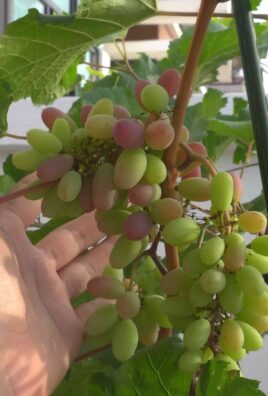
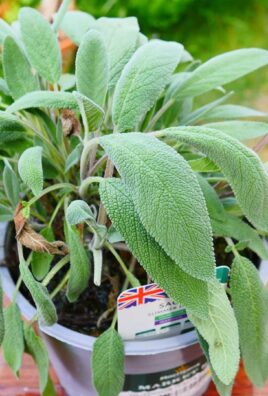
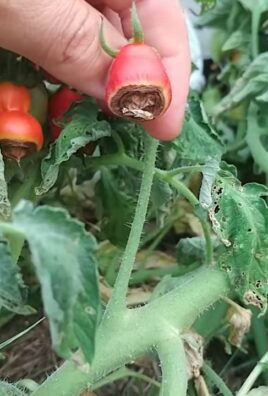
Leave a Comment